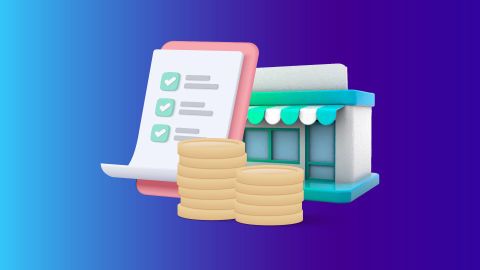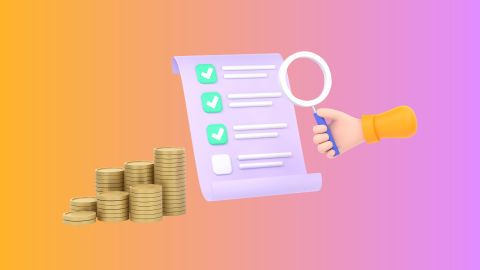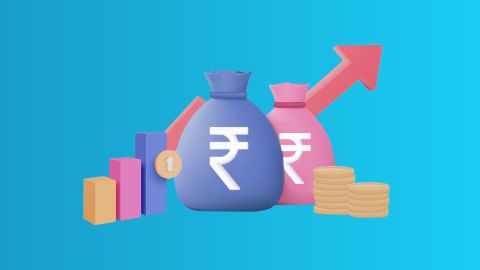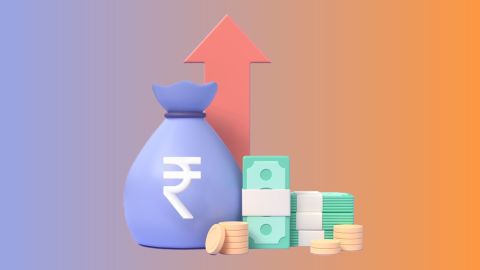What is the international product lifecycle
The international product lifecycle describes how a product moves through markets around the world. Typically, new products are first introduced in developed countries, where higher incomes and advanced technology make adoption easier. Once the product is established, it gradually expands into developing countries. Demand varies between countries depending on income levels, consumer preferences, and competition.
How the product lifecycle works
- New products are first developed in advanced countries
- Product becomes popular and demand rises
- Production moves to countries with lower costs
- Product is introduced in emerging markets
- Global demand levels off or starts to fall
International PLC Example
Country Type
|
Stage
|
Reason
|
Developed Country
|
Introduction
|
High research and development capability
|
Developed Country
|
Growth
|
Strong consumer demand
|
Developing Country
|
Maturity
|
Increasing affordability
|
Multiple Markets
|
Decline
|
Emergence of new alternatives
|
Stages of product lifecycle
- Introduction Stage
The product is launched, sales are low, and strong marketing is needed to create awareness.
- Growth Stage
Sales rise quickly, competitors enter the market, and profits increase.
- Maturity Stage
Sales reach their peak, competition is intense, and businesses focus on retaining customers and making minor improvements.
- Decline Stage
Sales fall as new alternatives become available. Companies may cut costs, reposition the product, or stop selling it.
Factors determining a Product’s Life Cycle
Main factors:
- Changes in consumer preferences
- Entry of new competitors
- Rapid technological advancements
- Economic growth or slowdown
- Industry rules and regulations
- Availability and accessibility of the product
Limitations of Product Life Cycle
The PLC model is useful for understanding a product’s journey, but it cannot predict exact sales or timelines. Rapid changes in the market can affect a product’s actual performance.
Limitations:
- Stages may not follow a set pattern
- External factors can alter the cycle
- Less suitable for fast-changing industries
- Sales data might be delayed or inaccurate
- Relying too much on the model can lead to poor decisions
How to use the Product Life Cycle
Businesses use the PLC to plan marketing, pricing, and product strategies at the right stage of a product’s life.
How PLC helps:
- Launch marketing campaigns at the right time
- Set appropriate pricing
- Make improvements during the maturity stage
- Predict sales for better inventory planning
- Allocate budgets efficiently
Examples of product lifecycle
Development Stage
- Characteristics: High research and development costs, no revenue from sales, and a focus on refining and testing the product before its market launch. This stage often involves extensive prototyping and feasibility studies.
- Overview: Products in development may face delays due to technological challenges, regulatory hurdles, or lack of supporting infrastructure. Progress is typically slow, and there is uncertainty around eventual market acceptance.
Introduction Stage
- Characteristics: Low sales volumes, high marketing and promotional costs aimed at educating consumers, limited adoption, and gradually increasing demand.
- Overview: This stage involves launching the product into the market. Consumer awareness is low, and significant effort is needed to attract early adopters. Pricing strategies such as skimming or penetration may be used depending on the overall approach.
Growth Stage
- Characteristics: Rapid increase in sales, rising demand, growing customer base, emergence of competitors, and expanded distribution. Marketing focuses on building brand recognition and customer loyalty.
- Overview: As the product gains acceptance, companies benefit from economies of scale, improved profitability, and increased market share. Continued innovation may be required to stay ahead of competitors.
Maturity Stage
Characteristics: Slower sales growth, market saturation, heightened competition, and greater emphasis on product differentiation and customer retention. Updates and variations may be introduced to sustain interest.
Overview: This stage is marked by stable demand but limited room for growth. Businesses aim to protect market share and maintain profitability through efficiency, branding, and incremental improvements.
Decline Stage
- Characteristics: Decreasing sales, reduced profitability, the product becomes outdated, and potential withdrawal from the market.
- Overview: Demand declines due to newer alternatives or changing consumer preferences. Businesses must decide whether to discontinue, sell to niche markets, or extend the product’s life through repositioning or cost-cutting.
Importance of Product Lifecycle
The PLC helps businesses plan effectively, maximise profits, prepare product upgrades, and understand customer demand.
Why PLC matters:
- Supports better decision-making
- Aids in budget management
- Ensures product upgrades happen on time
- Helps maintain a competitive edge
- Improves accuracy in sales forecasting
When to utilise the product lifecycle
- Marketing Strategy: Adapt advertising, promotion, and distribution approaches to suit the product’s current stage in its lifecycle.
- Pricing Decisions: Apply tactics such as price skimming during the introduction phase or reduce prices during the decline phase to align with market conditions.
- Product Improvement: Recognise when product updates, new features, or rebranding are needed during the maturity stage to maintain relevance.
- Market Expansion: Utilise the lifecycle framework to identify opportunities for entering new markets or developing product extensions to extend the product’s lifespan and sustain growth.
- Resource Allocation: Direct investment in marketing, development, and other resources according to the product’s lifecycle stage.
- Forecasting and Planning: Employ the model to predict sales, estimate revenue, and plan forthcoming product launches.
Product lifecycle strategy and management
Businesses can manage the product lifecycle effectively by improving products, changing prices, focusing on customer retention, and cutting costs during the decline stage.
Strategies:
- Modify product features to meet market needs
- Increase marketing efforts during growth
- Implement loyalty programs in the maturity stage
- Reduce costs or consider a relaunch during decline
Advantages and Disadvantages of Product Lifecycle
Advantages
|
Disadvantages
|
Supports better planning
|
Stages can be unpredictable
|
Encourages innovation
|
Not ideal for all industries
|
Helps allocate resources effectively
|
Depends heavily on sales data
|
Improves marketing decisions
|
External factors may be overlooked
|
What are the challenges of the product lifecycle
The following are a few challenges that are innate to a product lifecycle for businesses:
- Market variability: Products do not always follow the set lifecycle stages, leading to unpredictable sales and growth patterns.
- External influences: Shifts in consumer behaviour, economic conditions, and competitive pressures can alter the expected cycle.
- Risk of mismanagement: Companies may phase out profitable products too early or miss the chance to innovate, losing market share.
- Resource allocation: Investing in declining products or underfunding growth-stage products can hinder profitability and sustainability.
Conclusion
The product lifecycle is a key concept that helps businesses manage their products strategically at each stage. A well-planned PLC can improve marketing, encourage innovation, and help tackle challenges effectively.
If you are looking at financing options to support your product lifecycle strategies, consider business loans designed for your needs. It’s important to compare business loan interest rates from different lenders before deciding. You can also use a business loan EMI calculator to estimate monthly repayments and plan your finances better. Additionally, an online business loan eligibility calculator can help you check your business loan eligibility, ensuring you get cost-effective funding for your growth plans.






